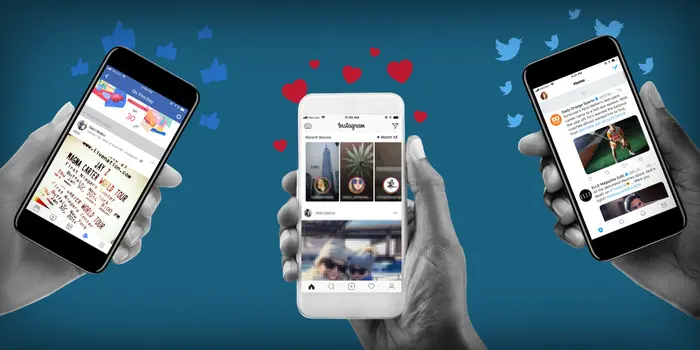How to Build a Mobile App That Keeps Users Hooked: Design Tips for 2025
- Adit Jindal

- May 27
- 3 min read
Updated: Jun 13
Introduction
In today’s fast-paced digital world, users are flooded with options. From social media to productivity tools, attention spans are shrinking and competition is fiercer than ever. So how can your mobile app stand out in 2025? Simple: by keeping users hooked.
Creating an engaging mobile app isn’t about flashy features or marketing gimmicks. It’s about thoughtful design, seamless functionality, and a deep understanding of human behavior. In this blog, we explore key design strategies that will help you craft an app experience users don’t just like—they rely on.
1. First Impressions Matter
Your onboarding process is your app’s handshake. It’s your first chance to impress, guide, and connect with users. A compelling introduction can immediately establish value, reduce confusion, and boost long-term retention. If users don’t understand your app or feel overwhelmed right from the start, they’re unlikely to return.
2. Seamless User Experience Is Non-Negotiable
A successful app in 2025 is one that users can navigate without thinking. Every screen, swipe, and transition should feel effortless. Whether it’s booking a service, playing a game, or managing tasks, the app should adapt to the user—not the other way around. Poor design or laggy interactions are among the top reasons users uninstall an app.
3. Psychology Drives Retention
Apps that become a part of daily life often tap into psychological behavior patterns. By understanding what motivates users, when they engage, and how they respond to rewards, you can create habit-forming experiences. This includes things like gentle nudges through notifications, subtle use of gamification, or offering personalized rewards that make users want to return.
4. Personalization Enhances Connection
In 2025, personalization has moved from being a “nice-to-have” to a “must-have.” Users expect apps to understand their preferences, anticipate their needs, and adapt accordingly. Whether it’s customized content, smart recommendations, or even UI themes, personalization creates a sense of ownership and trust, turning casual users into loyal ones.
5. Design That Speaks and Includes Everyone
Design isn’t just about aesthetics—it’s about communication. Clear visual hierarchy, bold contrasts, and meaningful animations can guide users without overwhelming them. Accessibility also plays a major role. Inclusive design ensures that your app works well for everyone, including those with disabilities, which in turn expands your reach and impact.
6. Continuous Improvement Through Feedback
Even the best-designed apps can get better. Listening to user feedback, analyzing behavior patterns, and adapting based on data is key to long-term success. Instead of launching once and forgetting, successful app development in 2025 is an ongoing, iterative process that prioritizes real-world input and continual optimization.
Conclusion
In 2025, mobile apps need more than just great features they need to deliver seamless, personalized, and emotionally satisfying experiences. By focusing on intuitive design, behavioral psychology, and inclusive visuals, you can create an app that not only attracts users but keeps them coming back.
Remember, building an engaging app isn’t a one-time task it’s a journey of listening, improving, and innovating. Apps that embrace this philosophy don’t just survive—they thrive.
Build with Callidora Technology
At Callidora Technology, we specialize in designing and developing intelligent, user-centric mobile applications that deliver real value. Our expert team combines strategy, creativity, and the latest technology to build apps that users love and love to use.
🚀 Let’s build something users can’t put down. 👉 Connect with Callidora Technology





Comments